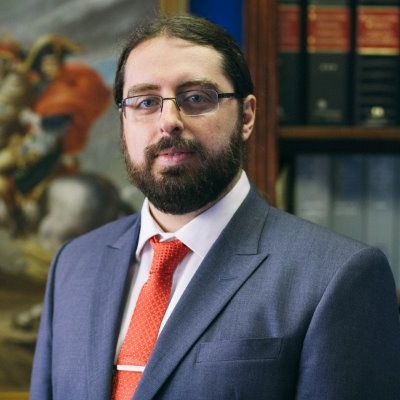
News

Enabling artistic freedom and tolerance
MARK OPPENHEIMER
Both artists rely on this ambiguity to decry President Jacob Zuma’s treatment of South Africa and its citizens.
Since the dawn of our democracy, Zapiro has authored hundreds of cartoons that heap scorn on those who abuse their power. He has received international recognition as a satirist willing to ridicule the corrupt and foolish. His recent cartoon portrays Atul Gupta about to rape a woman representing South Africa.
The cartoon references a series of earlier cartoons by Zapiro showing Zuma raping Lady Justice. It is implied that Zuma has transferred control of the country to the Gupta family, to use as they see fit.
Mabula has a history of using violent and hypersexualised imagery to expose corruption within the ANC. His latest painting depicts an anguished Nelson Mandela being raped by a laughing Zuma.
The work provokes an immediate sense of shock. It is designed to revolt us in both senses of the word. It is at once nausea-inducing and a call to action against a morally bereft leader.
Both images were met with the ire of sections of the South African public. Zapiro was accused of undermining the seriousness of rape, while Mabula was derided for the explicit nature of his piece.
Zapiro maintains that his cartoon treats victims of rape with empathy and that his work serves to underscore their trauma, not disparage it. Mabula claims that he painted Mandela as a representation of all South Africans who have been oppressed by Zuma.
Before rushing to condemn these artists, we should pause to consider the vital role that art has played in our history. During the height of apartheid, resistance art was used to critique the state and defend the marginalised.
Artists risked imprisonment, exile and death in the fight for justice. With the stroke of a brush artists can defy tyrants and stir the hearts of the downtrodden. With this in mind, our Bill of Rights makes mention of artistic creativity as a form of expression deserving of special protection.
The Constitutional Court has held that “the corollary of freedom of expression and its related rights is tolerance by society of different views. Tolerance, of course, does not require approbation of a particular view. In essence, it requires the acceptance of the public airing of disagreements and the refusal to silence unpopular views.”
Evelyn Beatrice Hall encapsulated this idea with the phrase: “I wholly disapprove of what you say and will defend to the death your right to say it.”
As a nation, we must choose between creating a culture of fear or a culture of tolerance. If artists are vilified at every turn for offending sensibilities, then uncomfortable truths will never be raised.
If we accept that artists have a noble role to play, then it is vital that we create a culture of tolerance. It is incumbent on us to afford artists the space to test out their ideas, use visceral metaphors and even be offensive.
Mark Oppenheimer is a practising advocate and member of the Johannesburg Bar.




